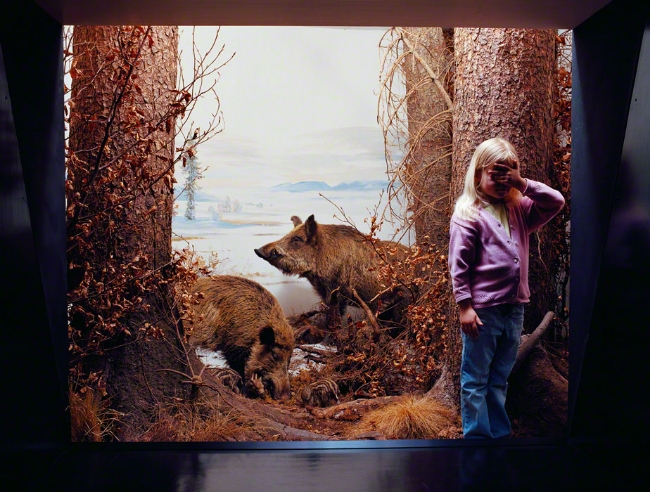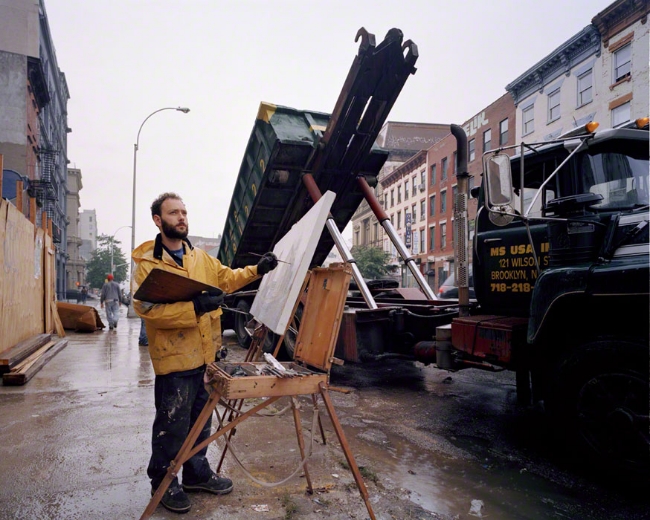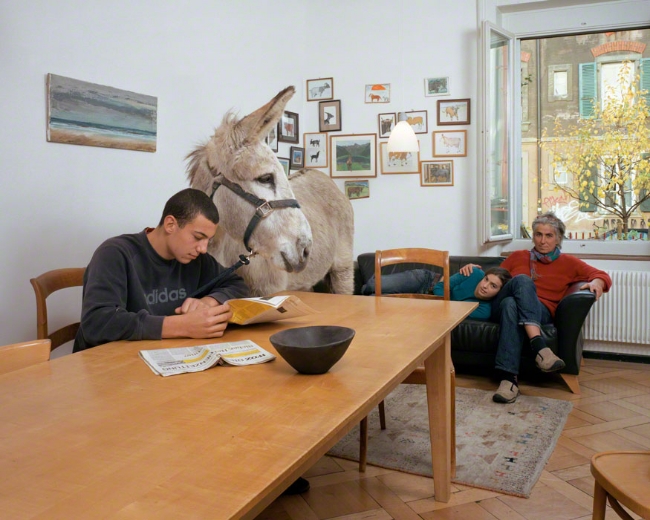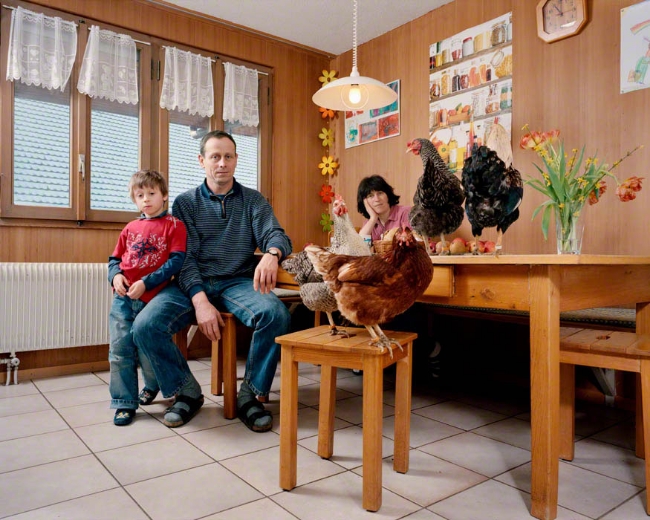This is not the Salon I’d intended for today. My intention was to examine the work of one of the old masters of photography, but I got distracted by an image from a photographer I’d never heard of–Jon Naiman. This photograph, in fact:

It was just odd enough to draw my attention. It was the absence of context, that what the hell is THIS quality that makes you pause. But it was a glancing blow to my attention span; I cleared my head and returned to my original plan to research one of the old masters.
But for some reason that photo stuck with me. There was something whimsical about it, and that whimsy was oddly accentuated by its apparently straightforward approach. So after a few minutes of trying to do the work I’d intended to do, I surrendered (as I always seem to do) to the temptation of the tangent. I went look for more work by Naiman and some information about him.
I was able to find more work. I was less fortunate with the information. This is what I learned about Jon Naiman: he apparently divides his time between Bern, Switzerland and Brooklyn, New York. That’s about the extent of it.
I don’t know anything more about Jon Naiman. I don’t know if he’s Swiss or American. I don’t know where he went to school, or if he went to school at all. I don’t know who or what his influences were. I don’t know when or why he took up photography.
I’ve decided it doesn’t matter. Knowing those things might add to our appreciation of his work, but his work is intriguing and that’s enough. The work speaks for itself.
In fact, it’s weirdly appropriate to examine Naiman’s work without any context because as far as I can tell, his work is about context. It’s centered around the very concept of context.
The photo above is from a series called Natural Selection. The images are rather formal, depicting people engaged in various activities inside the wildlife dioramas of a natural history museum. The conjunction of living humans and stuffed animals isn’t entirely novel, of course. Other photographers have done similar work. What distinguishes Naiman’s photographs, though, is that his subjects totally ignore the stuffed animals. The animals are props that are not being treated as props by the subjects, but are being treated as props by the photographer. That discontinuity is appealing.

Naiman’s series Plain Air is, I think, more successful. He photographed painters engaged at their easels. Not in the studio, not in the sort of pastoral settings we often associate with painters, not even in the peaceful romanticized urban street settings we’ve seen so often in bad movies. These painters are painting in busy, noisy, bustling locations–industrial areas, low-rent alleys, behind chain-link fences on construction sites, in warehouse districts.
It’s not so much that the subjects are out of context with their surroundings; it’s that the activity seems out of context. We generally think of this sort of painting as the result of quiet, meditative observation. There is something incongruous but weirdly charming about painters concentrating at their easels surrounded by the noise of traffic or the chaos of construction work.
In Natural Selection, it’s the human subjects who seem out of context. In Plain Air it’s the activity that seems out of context. In Naiman’s third series, Familiar Territory, it’s animals that are out of context. I have to confess, this series is my favorite.

Naiman takes home settings, populates them with appropriate-looking people dressed in appropriate clothing, then drops in a few barnyard animals. Donkeys, horses, goats, chickens, geese. In this series the human subjects are treating the living animals in the same way they treat each other, with the sort of casual intimacy and affectionate disregard we reserve for close friends and family. That matter-of-fact quality to the photographs enhances the incongruity of the image.
One can imagine the donkey in the image above looking over the shoulder of the man sitting at the table, scanning the same magazine, and turning his head to make a comment to the women sitting in the love seat. It seems so ordinary, like any lazy Sunday afternoon.

This is a man (I’m just going to assume ‘Jon Naiman’ isn’t a pseudonym for a woman photographer) with a strong sense of whimsy. This is a photographer who appreciates absurdity for its own sake. This is somebody who will go to ridiculous lengths to create images that celebrate ridiculousness but yet somehow aren’t ridiculous themselves.
I don’t know anything about Jon Naiman, but I like his work. And I’m pretty sure it would be a pleasure to sit down with him over a couple of beers and get him to talk about photography.
